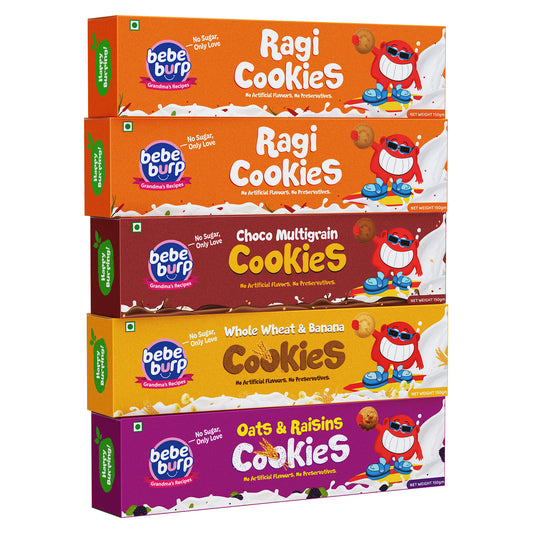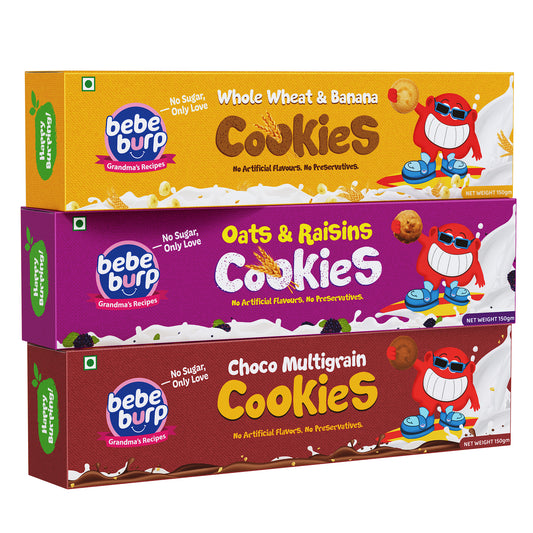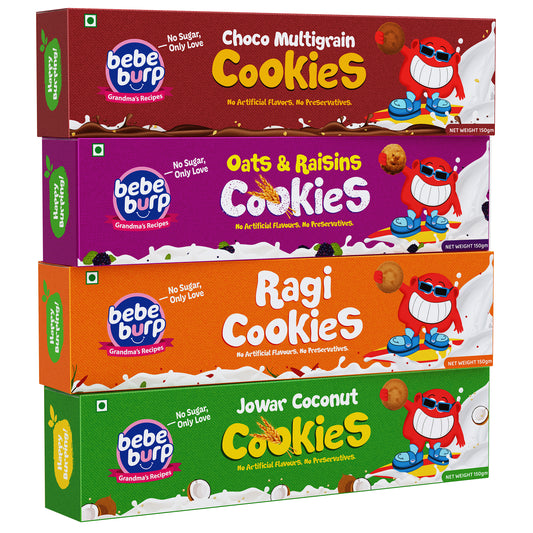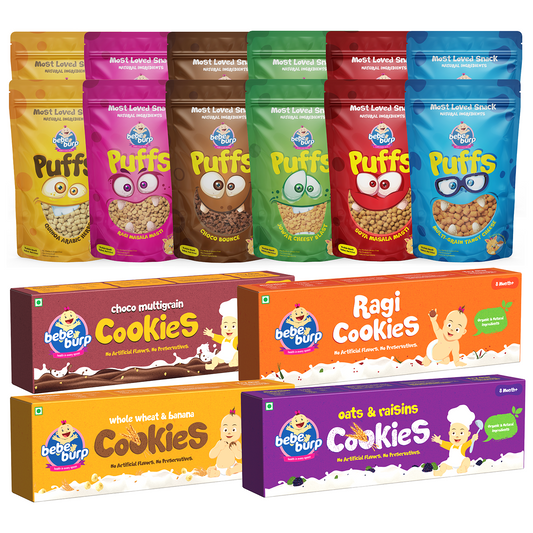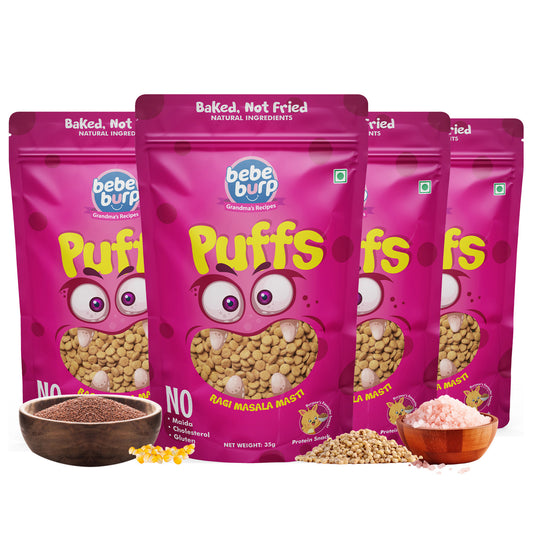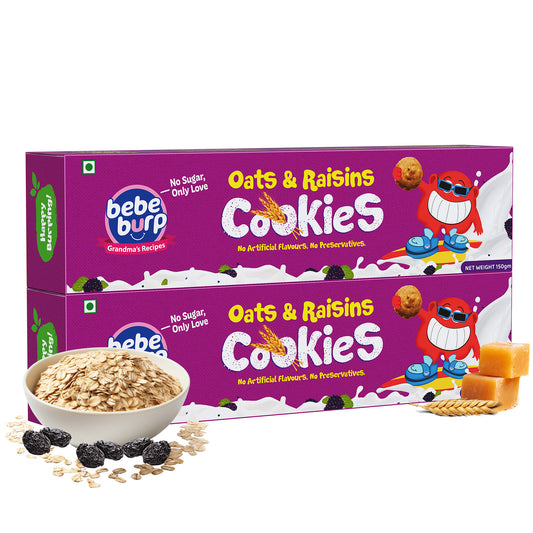When it comes to healthy breakfast or weight-loss foods, two names often top the list — ragi and oats. Both are rich in nutrients, easy to cook, and loved by health-conscious people.
However when it comes to the selection of the superior one ragi vs oats, which one really comes out victorious as far as your health ambitions are concerned?
We shall discuss their nutrition, nutritional value, weight loss, diabetes, etc and make a brief comparison with jowar and other millets.
Ragi vs Oats Nutrition Overview
Ragi (finger millet) as well as oats are very nutritious grains, however they present various benefits.
- Ragi Calcium, fiber and iron are all found that is a good source of energy and health of the bones.
- Oats, on the other hand, are richer in protein and soluble fiber (beta-glucan) that supports heart health and digestion.
In short:
- Ragi = Indian super grain.
- Oats = international brand of fast and balanced breakfast.
We shall see how they vary when compared gram to gram.
Ragi vs Oats Nutritional Value per 100g
The nutritional value in the ragi vs oats (per 100g) is a quick look at the available data which is easily obtained:
| Nutrients (per 100g) | Ragi (Finger Millet) | Oats |
|---|---|---|
| Calories | 336 kcal | 389 kcal |
| Carbohydrates | 72 g | 66 g |
| Protein | 7.3 g | 16.9 g |
| Fat | 1.3 g | 6.9 g |
| Fiber | 3.6 g | 10.6 g |
| Calcium | 344 mg | 54 mg |
| Iron | 3.9 mg | 4.7 mg |
Summary:
- Oats contain more protein and fiber thus they are good in muscle building and digestion.
- Ragi radiates its calcium and iron wealth, which are ideal in strengthening the bones and prevention of anemia.
Ragi vs Oats for Weight Loss – Which Works Better?
Both ragi and oats can be used to achieve the weight loss objective, but a bit in different ways.
- Oats contain higher soluble fiber that will slow the rate at which you digest, leaving you not as hungry.
- Ragi, being gluten-free and rich in complex carbs, provides steady energy without sudden sugar spikes.
Verdict:
Oats are a good idea, should you want something light but filling, as a breakfast.
Ragi is also your friend in case you would like to have a traditional, gluten-free version supplemented with minerals.
You can even switch the two to be varied and well-balanced.
Oats vs Ragi for Weight Gain
Oats have a slight advantage in case you are attempting to gain a healthy weight.
They have higher calories, protein as well as fat which favors muscle development when taken with milk or nuts.
It can be also assisted by ragi, particularly when it is prepared in the form of ragi malt or ragi porridge with milk and ghee.
Oats or Ragi – Which Is Better for Diabetes?
Both grains are great with the diabetics, however, we will see how they are different.
- Ragi is gluten free and with low glycemic index (GI). It slowly transfers sugar to the bloodstream.
- Oats contain beta-glucan, a soluble fiber that helps reduce blood sugar spikes after meals.
Verdict:
Both are diabetes-friendly, but ragi is slightly better for people with insulin resistance, while oats are ideal for maintaining overall heart health and cholesterol control.
Ragi vs Jowar Nutrition – How Do They Compare?
The other debate is ragi vs jowar versus nutrition when it comes to comparing Indian millets.
- Ragi contains higher calcium levels and iron hence it is good towards growing children and women.
- Jowar (sorghum), however, has higher fiber and more antioxidants, making it excellent for digestion and weight management.
Summary:
- For bones → choose ragi and
- in digestion and heart choose jowar.
- For protein → choose oat
Ragi vs Oats vs Millet – The Ultimate Comparison
When we talk about millets, ragi and jowar are both part of the same family.
Oats, though not a millet, share similar benefits.
| Feature | Ragi | Oats | Jowar |
|---|---|---|---|
| Type | Millet | Cereal | Millet |
| Gluten-free | ✅ | ❌ (contains trace gluten) | ✅ |
| Fiber | Moderate | High | High |
| Calcium | Very High | Moderate | Low |
| Protein | Moderate | High | Moderate |
| Best for | Bone health | Weight management | Heart health |
There are special advantages of every grain. A balanced diet can include all three depending on your body needs.
Which One Should You Choose – Ragi, Oats, or Jowar?
Here’s a quick guide based on your goals:
- To lose weight: Oats or jowar (is a high-fiber food that leaves you fuller longer)
- To Gain weight: Oats and milk and nuts.
- In case of Diabetes: Ragi (low GI) or oats (fiber control).
- To keep Bones Healthy: Ragi (high in calcium)
The combination of all three is recommended for a healthy diet and in the long run, health.
How to Include Ragi and Oats in Your Diet
Some of the easy and delicious methods are here:
- Ragi porridge or malt for kids and adults
- Oats upma or overnight oats for quick breakfasts
- Ragi pancakes or idlis for lunch or snacks
- Oats chilla or oats smoothie for fitness lovers
Final Verdict – Ragi vs Oats (and Jowar): Which Is Best for You?
The ragi vs oats debate does not have a winner.
Ragi is good at more calcium and traditional flavor.
Oats are ideal in case you want more protein and fiber.
And in case you feel like something different and are antioxidant-conscious, jowar is a nice addition as well.
Best tip: Combine them!
Try mixing oats and ragi flour to get the best of both worlds — nutrition + taste.
FAQs
1. Is ragi better than oats for weight loss?
Both are good, but oats have slightly higher fiber, making them more filling.
2. Can diabetics eat ragi daily?
Yes, ragi is great for diabetics as it has a low glycemic index.
3. Which millet is best for weight loss – ragi, jowar, or oats?
Best things to have are jowar and oats because they contain high fiber which is good in weight loss and ragi assists in the general nutrition.


